I am just about to embark on a set of microphone modifications and builds after having been inspired by the Recording Hacks website. To this end I recently nabbed an MXL990 microphone off eBay for only £40 and thought it would make a suitable candidate for my first attempt at mic-modding. As luck would have it, I was already discussing capsule-swap options with Matt from Microphone Parts who mentioned he was about to release a mod-kit especially designed fore the MXL990.I duly purchased the basic kit and a week later it arrived from the US. The kit comprises of a set of replacement components and a booklet of detailed pronted instructions. I also ordered an RK-47 capsule with the kit as that plus the component and circuit upgrades should give me an awful lot of microphone for very little outlay.
Before I start any of the modification work, I need to take a reference recording so that I can compare this to a recording done after the mod. I set the mic up in my vocal booth and plummed it through to my favourite TLAudio 5052 valve preamp.
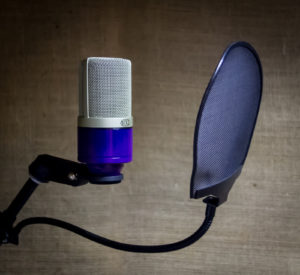
MXL990 in the vocal booth
I set the 5052 with as little as possible switched in. So the EQ and compressor sections are off and the LPF is deactivated. I keep the limiter active with a high threshold simply to protect the rest of my recording and monitoring chain from dangerous audio spikes.
Although I do sing BVs with my band and lead on my own material, I’m not the greatest singer in the world and really wouldn;t want to subject you to that, so I have decided to record my spoken voice for the comparison recordings. The passage I used is straight the front page of the kit’s included instruction booklet.
Here is the completely dry unprocessed recording:
When recording a singer, I nearly always have a UAD LA2A plugin in the vocal FX chain. This always has the effect of revealing any self-noise issues with a microphone, so I have included a second version of the recording with the LA2A switched in. This version really reveals that the stock MXL990 is quite a noisy microphone.
I shall apply the same hardware and software settings when I produce the “after modifying” recordings and will also show the DAW waveform displays by way of graphically showing any marked output level changes.
The input chain for these recordings was MXL990 > TL Audio 5052 > Tascam DM3200 line input (all internally routed digitally) > MOTU 2408Mk3 (via T-DIF) > Cubase 6.5 on Windows 7.

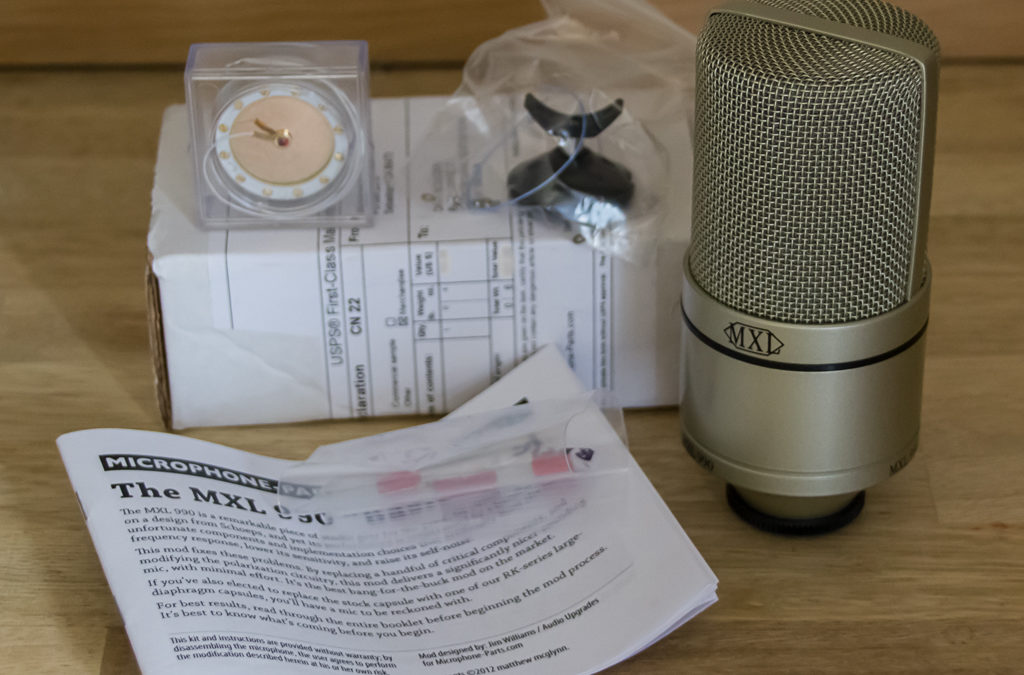
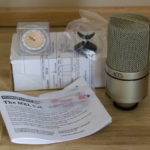
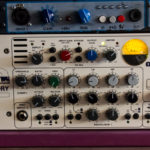
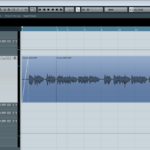
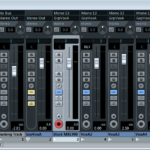
Beginning in Q1-2013, MXL transitioned the 990 circuit board to a surface-mount design, making the mic a poor candidate for DIY circuit upgrades, unless the entire circuit board is replaced with this MXL 990 PCB upgrade kit .
MicrophoneParts now offer a kit for the MXL990 that has a complete replacement PCB, so maybe not quite as cost-effective as before, but still a viable choice.